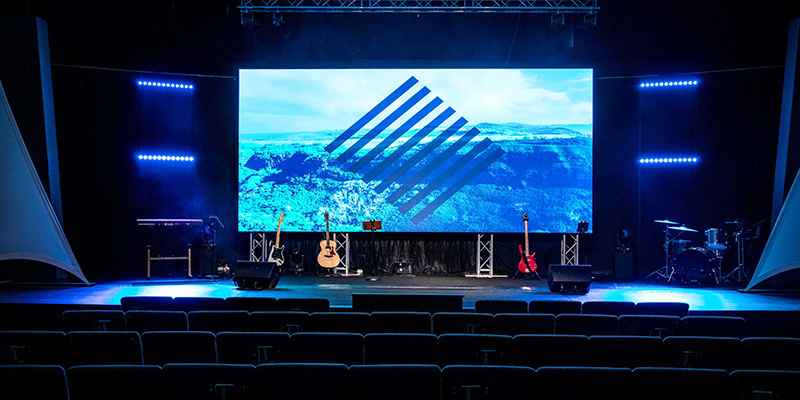Exploring How Definition Influences the Performance and Aesthetic Quality of Light Emitting Diode Screens in Modern Exhibition Technology
Exploring How Definition Influences the Performance and Aesthetic Quality of Light Emitting Diode Screens in Modern Exhibition Technology
Blog Article
Light Emitting Diode walls are becoming more and more popular in various environments, including concerts and athletic competitions to corporate presentations and creative exhibits. One of the key crucial elements that influence the performance and visual clarity of these screens is image clarity. Resolution refers to the quantity of picture elements that compose the image on the display. Higher image clarity indicates additional pixels, which can lead to clearer and clear images. Understanding how resolution impacts LED screens can assist operators make knowledgeable choices about their screen requirements.
When talking about image clarity, it is crucial to take into account picture spacing, which is the gap between the midpoint of one picture element to the midpoint of the next pixel. A reduced picture pitch results in a higher resolution, allowing for more detail in the images shown. For instance, an LED screen with a picture spacing of 1.5mm will offer a sharper visual than one with a picture spacing of 3mm. This is particularly important in environments where viewers are close to the screen, such as in a compact location or a exhibition event booth. In these situations, a higher resolution can significantly enhance the observing quality.
Another factor of image clarity is its effect on hue accuracy and luminosity. LED walls with higher resolutions often have superior hue rendering, meaning that the colors displayed are increasingly lively and realistic. This is crucial for applications like advertising, where the goal is to attract attention and communicate a concept effectively. Additionally, higher resolution screens can preserve luminosity levels even when seen from various angles. This is important in big venues where audiences may be seated at various distances and angles from the a fantastic read display.
The functionality of LED walls is also influenced by resolution in terms of update rates and reaction durations. A greater image clarity screen can support quicker refresh frequencies, which is essential for fast-moving material such as films and motion graphics. This indicates that the visuals on the display will look more fluid and increasingly fluid, enhancing the overall viewing experience. In contrast, lower resolution displays may struggle with fast-moving content, leading to fuzziness or delay. Therefore, for occasions that depend on high-energy visuals, choosing a display with a appropriate image clarity is critical.
In conclusion, resolution plays a vital role in determining the performance and visual quality of LED walls. Factors such as picture spacing, hue precision, luminosity, update frequencies, and reaction durations all affect how effectively a display can communicate data and capture audiences. As advancements continues to progress, grasping these elements will assist operators select the appropriate LED wall for their specific needs, ensuring that they obtain the optimal possible results in their presentations and events.